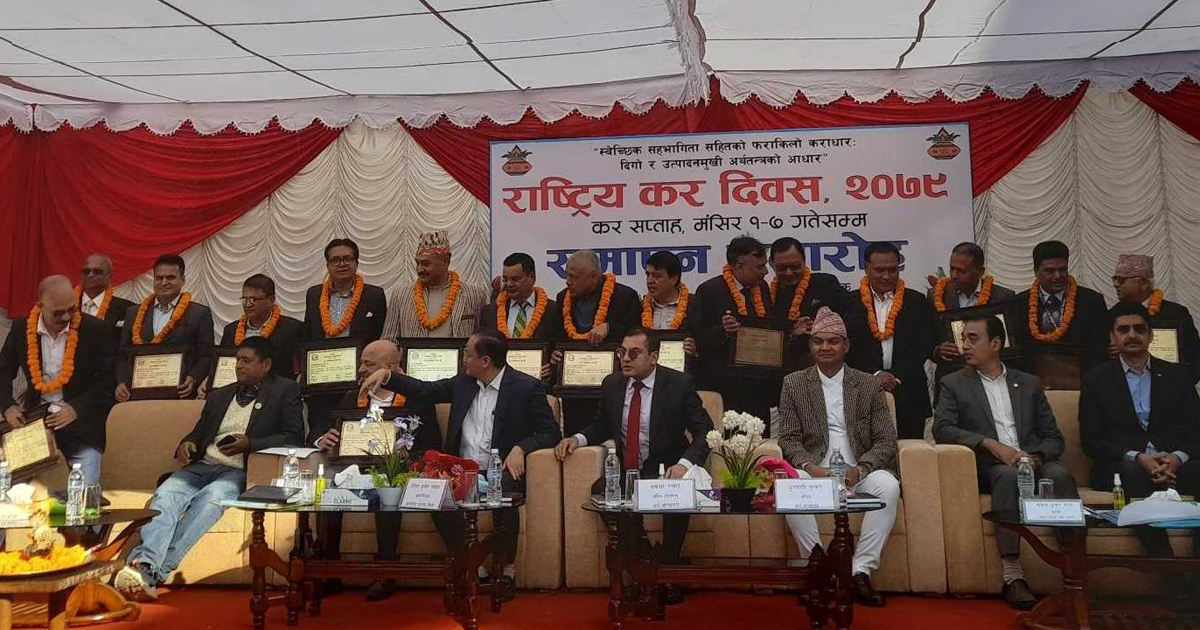Energy Update
Nepal’s installed electricity capacity will reach 3,000 MW by this FY end: Ghising

Kathmandu: Nepal will be producing 3,000 megawatts of electricity by the end of the current fiscal year, Kulman Ghising, managing director of Nepal Electricity Authority (NEA), said on Wednesday.
Speaking at a program organized to mark National Tax Day 2022, Ghising announced the NEA’s projection for the fiscal year 2022/23. In the event, the government awarded the NEA with the title of the outstanding taxpayer.

According to Ghising, hydropower projects with a production capacity of around 800 MW and promoted by both the NEA and private sectors are now at the final stage of their construction. Ghising also added that the country’s capacity to produce electricity will reach 15,000 in the next six years at the maximum.
Of the projects in the pipeline, 64.49 MW hydropower projects are being built at the basin of Kalanga Gaad. Similarly, the construction of another 64 MW project situated at the Dordi Basin has been completed. These are in a position to contribute to the national transmission supply any time soon.

Likewise, 57 MW Sanjen, 14.9 MW Maya Khola, 111 MW Rasuwagadhi, 86 MW Dudh Koshi, 82 MW Lower Solu, 28.1 MW Lower Likhu, 9.6 MW Daram Khola and 40 MW Khani Khola-1, among others are almost in ready positions, according to the NEA.
Ghising said the NEA will be contributing around Rs 5 billion to government revenue annually after the authority increases its supply to 15,000 MW. Currently, the government collects revenue of Rs 1.70 billion annually from the NEA. In addition, each hydropower project on average contributes Rs 700 million to the government revenue.
According to him, many hydropower projects have crossed 15 years of their lifetime. Due to this reason, the sector’s contribution to government revenue has increased by 10 percent. “If we are able to promote hydropower projects, the government can generate a large amount of revenue collection from this sector alone,” he added.
Conversation
- Info. Dept. Reg. No. : 254/073/74
- Telephone : +977-1-5321303
- Email : [email protected]













.jpg)
